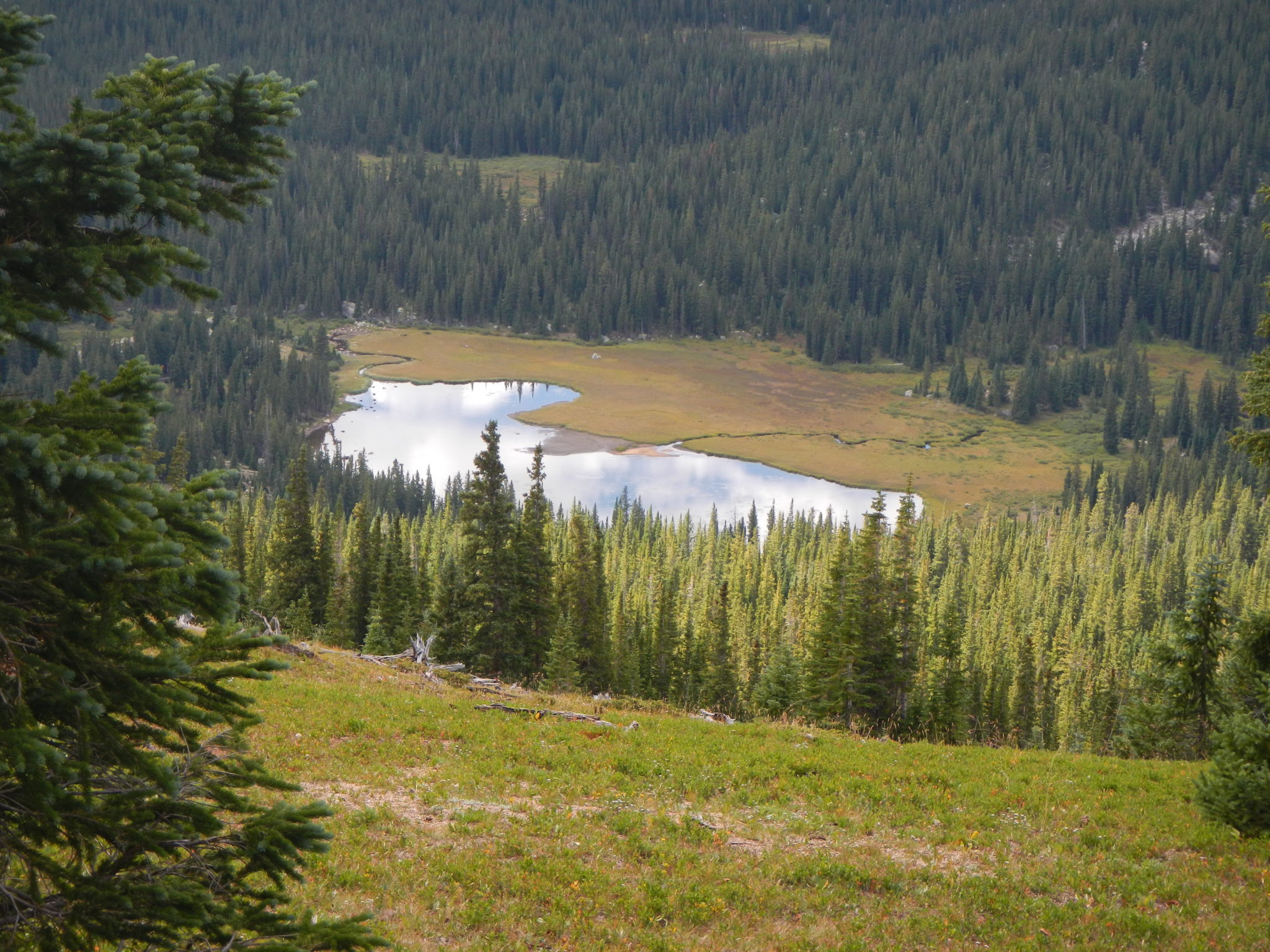
The U.S. Environmental Protection Agency awarded the Colorado Natural Heritage Program at Colorado State University three Wetlands Program Development grants – each over $100,000 – to achieve multiple goals aimed at the protection of wetland resources.
CNHP will use the grant funding to develop a multi-agency Colorado Wetlands Program Plan, bringing together a diverse group of stakeholders and decision-makers to increase effectiveness and compatibility of multiple agency and programmatic approaches to protecting, conserving and restoring Colorado’s wetland resources.
“Wetlands restoration is key to capturing pollutants that impact Colorado’s natural resources,” said EPA Administrator Scott Pruitt. “Understanding the current health of wetlands and where restoration efforts are most needed will help the many groups working toward the state’s healthy rivers, lakes and streams.”
A comprehensive wetlands plan
The first grant will develop a multi-agency Colorado Wetlands Program Plan to guide state-level wetland protection and management efforts and will create a publically available database of wetlands information to inform restoration and mitigation planning.
The second grant will inventory significant wetlands in Lake County, located at the headwaters of the Arkansas River.
The third will fund the development of pocket guides illustrating common wetland plants of Colorado’s Southern Rocky Mountains and Plateaus as well as reprint the pocket guide illustrating plants of Colorado’s Eastern Plains. This grant will also support professional training sessions on wetland plant identification that will aid professionals in planning restoration projects.
Partners for these projects include The Nature Conservancy, U.S. Bureau of Land Management, Colorado Parks and Wildlife, Colorado State Land Board, Colorado Department of Transportation, Colorado Water Conservation Board, Great Outdoors Colorado, U.S. Fish and Wildlife Service, and the National Park Service.
“Colorado has been at the forefront of developing tools and resources to guide effective, science-based restoration and management of wetlands across the Rocky Mountain region,” said CNHP Wetland Ecologist and grant recipient Joanna Lemly.
“In addition, the projects funded by EPA spark engagement and lead to investments at the local and state level,” added Denise Culver, CNHP ecologist and author of the pocket guides to wetland plants. “Leveraging funds not only benefits land managers, who can make better decisions with greater information, but most importantly, it benefits the wetlands within Colorado.”
Wetlands Program Development Grants assist state, tribal, local government agencies and interstate/intertribal entities in building programs that protect, manage and restore wetlands and aquatic resources. States, tribes and local wetlands programs are encouraged to develop wetlands program plans, which help create a roadmap for building capacity and achieving long-term environmental goals.
These wetlands program plans help determine which projects a program will seek funding for and help ensure that EPA is providing strategic support for states and tribes as they pursue their environmental goals.
For more program information visit: https://www.epa.gov/wetlands/wetland-program-development-grants
